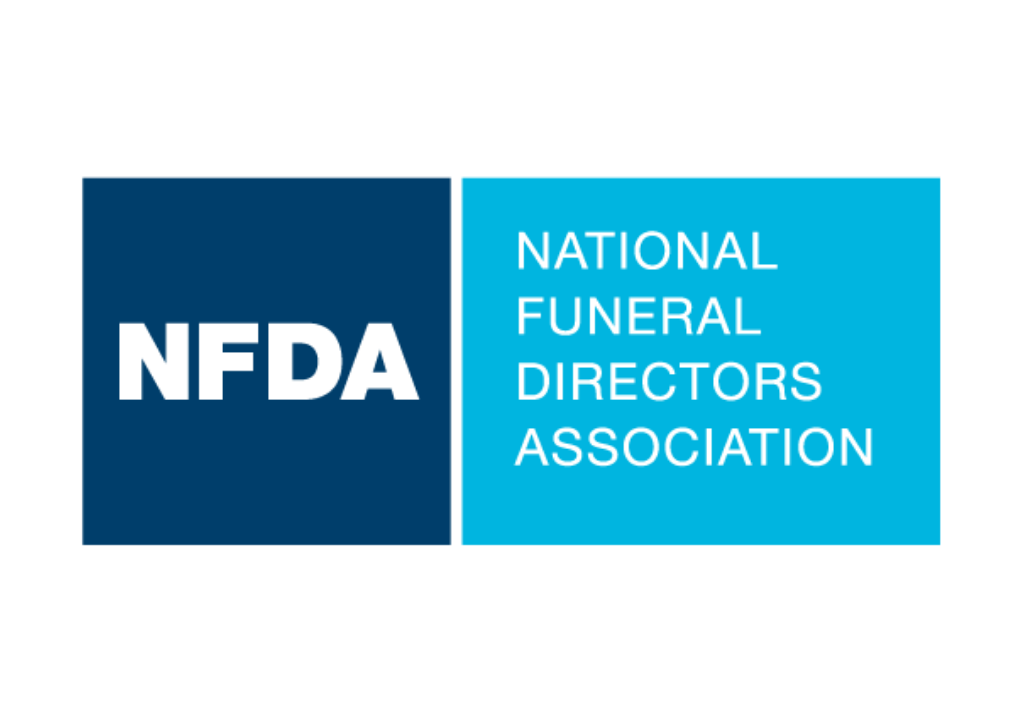Alabama’s State Mortuary Operations Response Team Helps Out in Latest Disaster
Tornadoes are commonplace here in Alabama. Since 2008 we’ve averaged 60 tornadoes each year–that’s up significantly from the 50-year average of 38. But that doesn’t mean we don’t take them seriously.
We know that on April 3 and 4, 1974, 86 people died in the Super Outbreak of twisters that swept across north Alabama (if we forget, there’s a historical marker on the highway in Moulton to remind us).
April 27, 2011 is another date we immediately recognize. That’s the day 62 tornadoes ravaged the state, including an EF-5 that devastated multiple counties located just south of my hometown. The twisted trees and debris that precisely illustrated the tornadoes’ paths through Moulton, Phil Campbell, Hamilton, and Tuscaloosa have been replaced by an equally telling swath of new construction. One of my daughter’s friends, a student at the University of Alabama in Tuscaloosa, was one of the 240 souls we lost that day.
In comparison, the death toll from Sunday’s storm–23–seems small, but the tornado that tore through Lee County was the deadliest one to hit the US since 2013. Understandably, dealing with the aftermath of such a tragedy would be overwhelming for most coroners’ offices; it’s certainly the case for Lee County Coroner Bill Harris’ four-person team.
Helping hands
Fortunately, this is exactly the situation for which the Alabama State Mortuary Operations Response Team, or SMORT, has prepared. SMORT was activated on Sunday night, and 12 of the organization’s approximately 50 volunteers from across Alabama responded to the call. The team, led by Doug Williams, owner of Cullman Heritage Funeral Home in Cullman County, are working from their temporary home base at a middle school in Beauregard, the hardest-hit community in the county.
The primary goal for Williams and his team of licensed funeral directors, embalmers, coroners, and emergency medical personnel is to assist in the identification of bodies.
“This time we weren’t involved in recovery,” Williams told a Cullman newspaper on Wednesday. “They were handling that with the local fire department and things like that. They’re still out cutting trees and going through neighborhoods, but they feel pretty much like they’ve found everybody.”
SMORT is organized under the auspices of the Alabama Department of Public Health and the Emergency Management Agency, and since its organization in Cullman County in 2005, has been funded largely by grants of around $10,000 per year. The funding allows the organization to purchase and maintain equipment including three portable refrigerated trailers to serve as rolling mortuaries, power tools, protective clothing, and their newest piece of “high-tech gadgetry, a camera-fitted drone. The equipment is tested at least annually during training events that also include classroom time to update volunteers on policies and procedures as well as simulated grid search exercises.
One of a kind
Alabama’s SMORT is one of the few such units in the United States, and could easily serve as a model for similar efforts in other states. The dedicated volunteers give up their personal time to participate in training and actual emergency response, with no expectation of compensation.
“When we came back from Rainsville [Alabama], where they had a terrible tornado in 2011, I realized what we do what we do,” retired Birmingham funeral worker Ray Bischoff told The Cullman Times in 2017. “When something like that happens, their minds aren’t going to be on something like this.”
Two days after the tornado, two corporations announced their intentions to pay for funeral services for all 23 victims. One of these has been identified as the Poarch Band of Creek Indians, and the other remains anonymous.




